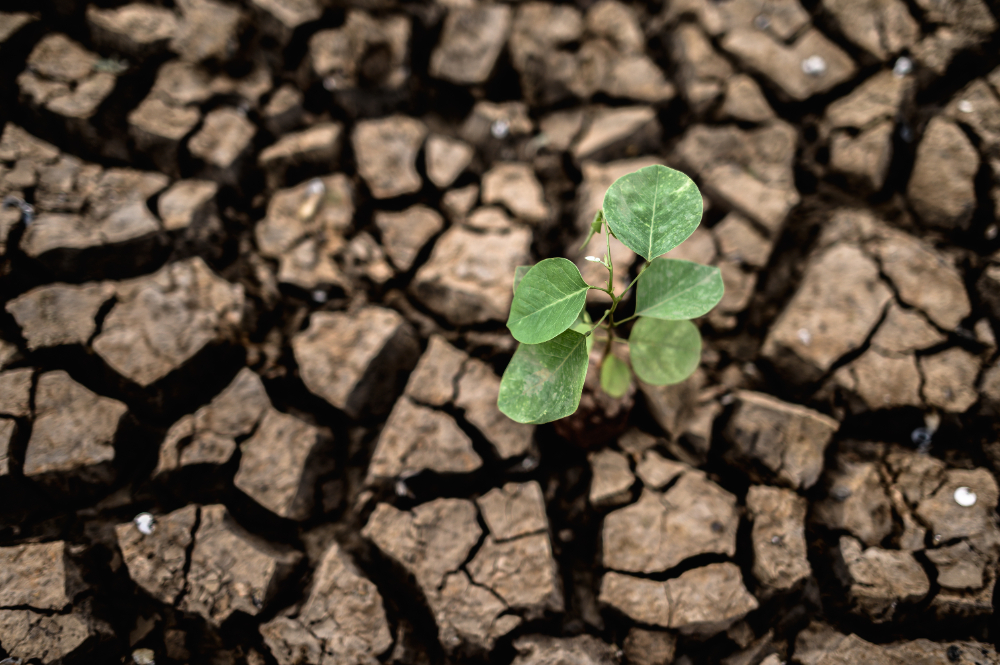
Crop Varieties Suitable for Dry and Barren Land – Solutions to Increase Productivity and Economic Efficiency
Dry, barren land is often a significant challenge in agriculture, but it doesn’t always have to be an obstacle for crop growth. In fact, there are many types of crops that can thrive on such land, and more importantly, they still provide stable economic value. This article introduces crop varieties that are suitable for dry, barren land, helping you improve the soil and optimize productivity.
1. Drought-Resistant Fruit Crops
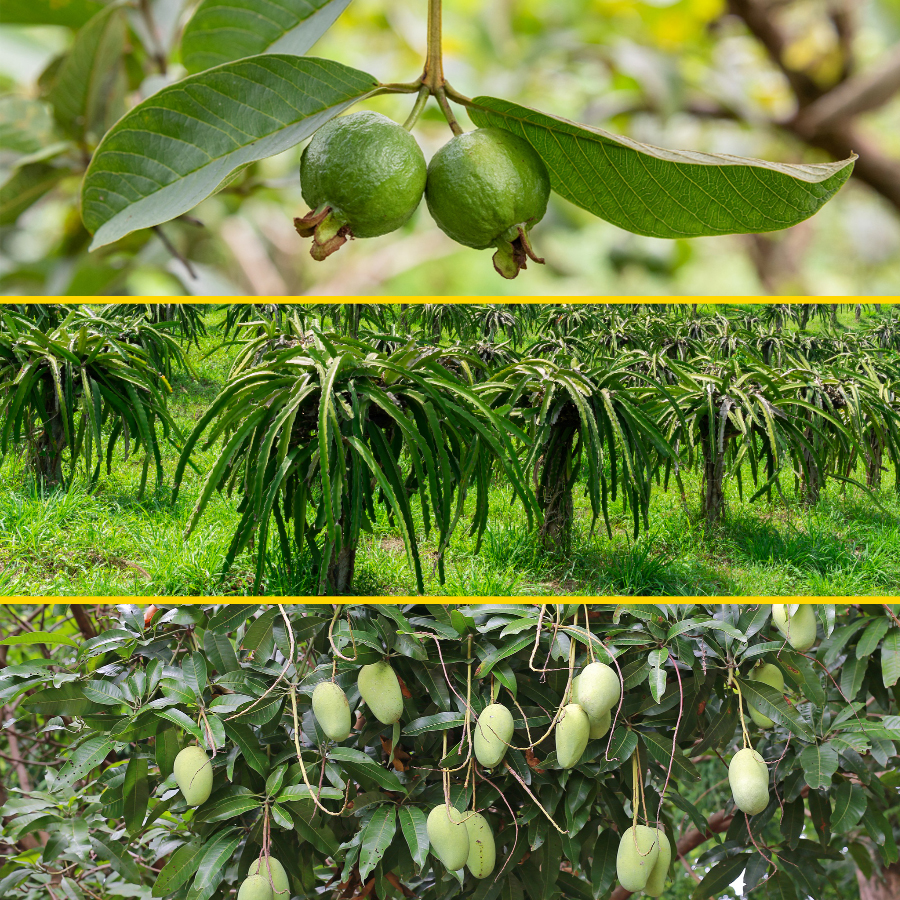
Among the crops that adapt well to water scarcity, drought-resistant fruit trees are an ideal choice. Crops like dragon fruit, mango, and guava thrive in dry, barren soil. These crops not only offer stable economic value but are also easy to care for. Watering and maintenance efforts are relatively low, which helps reduce costs and labor for farmers.
Advantages:
-
Crops thrive in dry land.
-
Low maintenance and watering costs.
-
Stable economic value.
2. Short-Term Industrial Crops
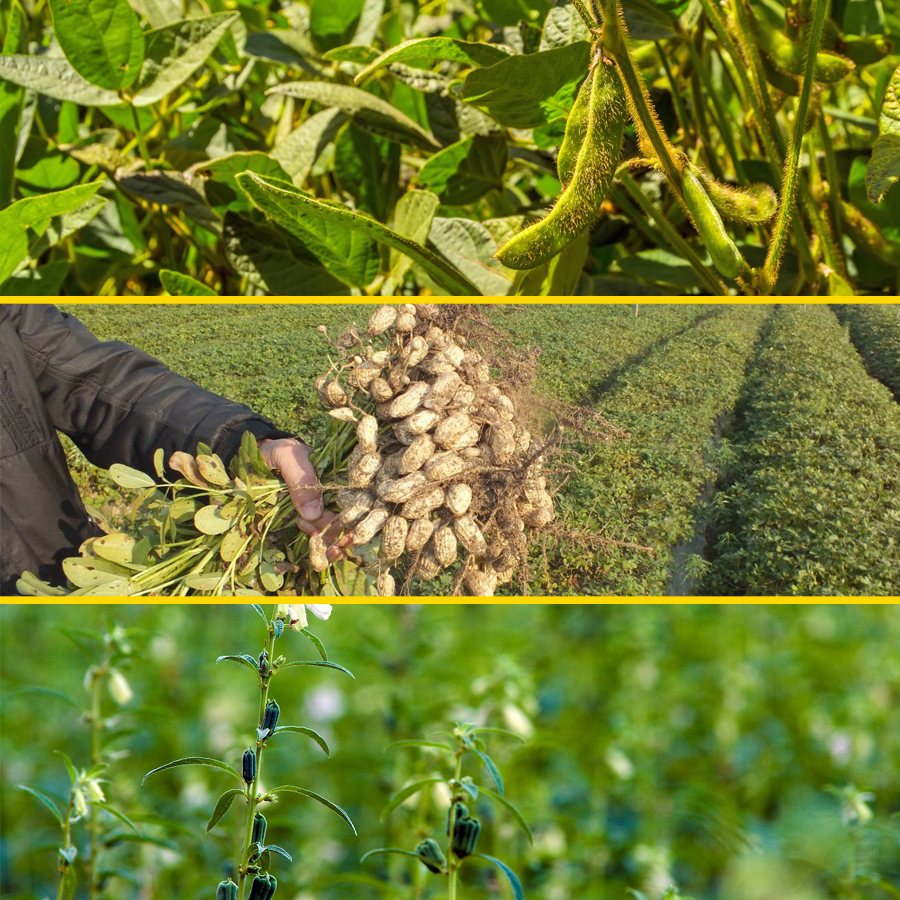
Short-term industrial crops like green beans, peanuts, and sesame are excellent choices for barren land. These crops are not only easy to cultivate but also help improve soil fertility, making them perfect for low-nutrient soil. Although they require regular care, they bring high economic value.
Advantages:
-
Effectively improves soil quality.
-
Easy to cultivate with low care requirements.
-
High economic value.
3. Wood-Producing or Soil-Greening Trees
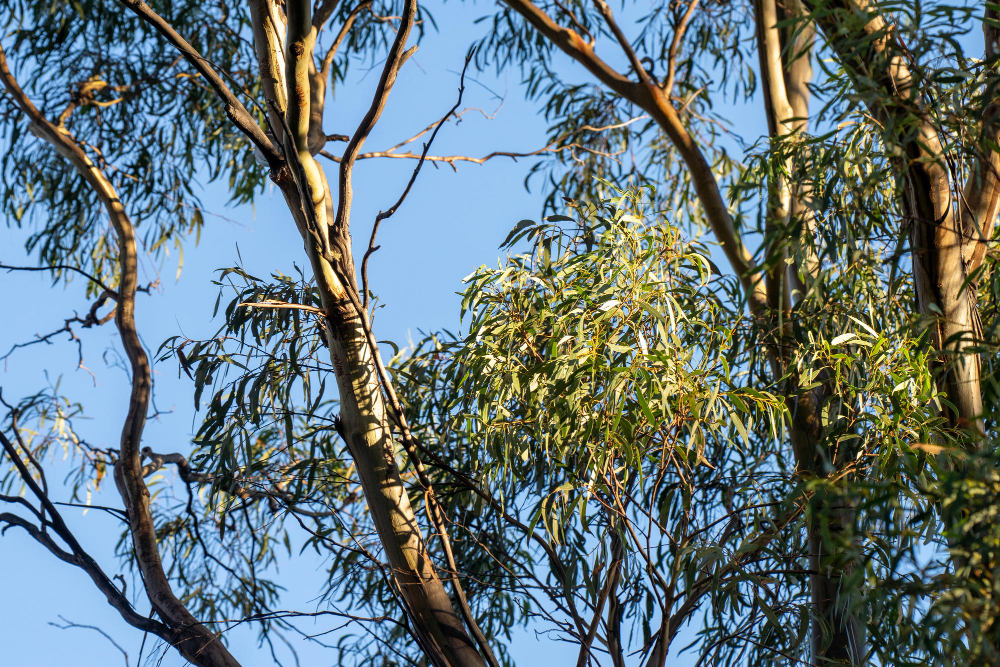
For nutrient-poor land, wood-producing or soil-greening trees like hybrid acacia and eucalyptus are great options. These fast-growing trees require minimal care and can provide high economic value over time due to their wood. They are a great solution for improving dry, barren land and also contribute to land restoration.
Advantages:
-
Fast growth on nutrient-poor soil.
-
Minimal maintenance required.
-
Long-term economic value from wood production.
4. Drought-Resistant Vegetables
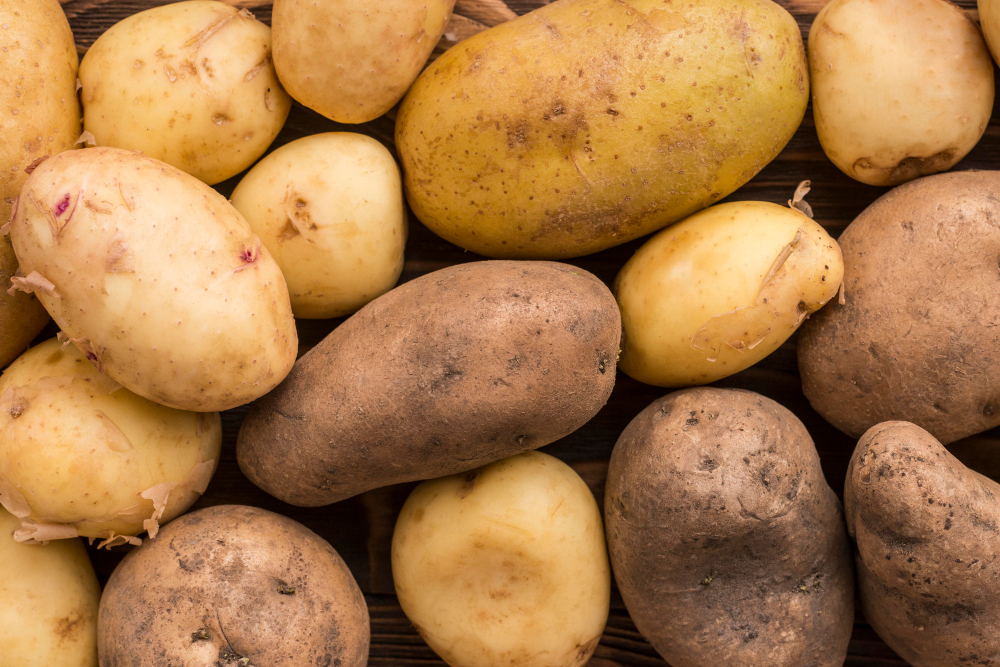
In addition to fruit crops and industrial plants, drought-resistant vegetables like sweet potatoes, cassava, and cactus are great options for barren land. These vegetables not only provide a stable food source for remote areas but are also highly drought-tolerant. While they require more investment in care and watering, they are an excellent solution for ensuring food security in challenging regions.
Advantages:
-
Provides food for remote and underserved areas.
-
Drought-tolerant and adaptable to dry land conditions.
-
Stable food supply for local populations.
Conclusion
Choosing the right crops for dry, barren land not only helps farmers maximize land use but also brings long-term economic benefits. Drought-resistant fruit trees, short-term industrial crops, wood-producing trees, and drought-tolerant vegetables can all thrive on nutrient-poor soil while providing steady income. Implement these methods to restore barren land and optimize productivity for your farm.
Bình luận
Những bình luận mới nhất



